Before buying and installing any electrical equipment, car owners can save money, time, and effort by testing the equipment first. So, how do you test headlights without going through the hassle of installing them in your car? We've done the research for your convenience.
Using a digital multimeter or a continuity tester, you can test headlight bulbs without installing them in a car. Moreover, you can also test a bulb by wiring it up to a 12-volt battery.
If your headlights are malfunctioning, it might be a broken bulb, or not. You'll want to determine this to troubleshoot the issue. Alternatively, perhaps you want to test a new set of headlights before going through a tedious installation process. Either way, read on, and we'll help you out.
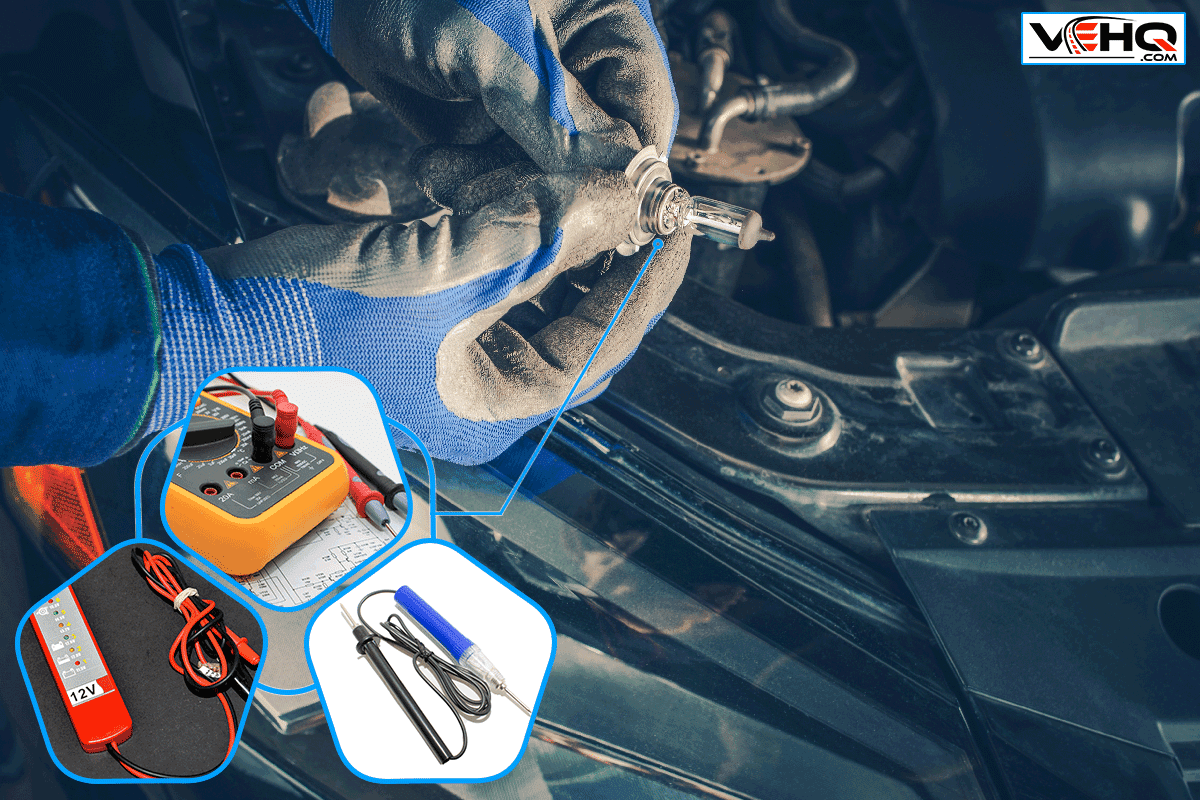
How To Test Headlights Without Installing Them In A Car
There are two common reasons why you would want to test your headlights without installing them on your car.
- First, one or both of your headlights are out. If this is the case, then the problem is usually with the bulb, the socket, the wiring, or a fuse. You want to isolate what is wrong.
- Second, you have bought a new set of headlights, and you would like to test them first before installing them. Although some enthusiasts would be excited to tinker with their rides, some car owners just don't want the hassle.
If you're the average car owner who's not comfortable with working under the hood, then we have good news for you. You can test out your headlights out of the car with a multimeter or a 12-volt battery.
Test Headlights With A Digital Multimeter
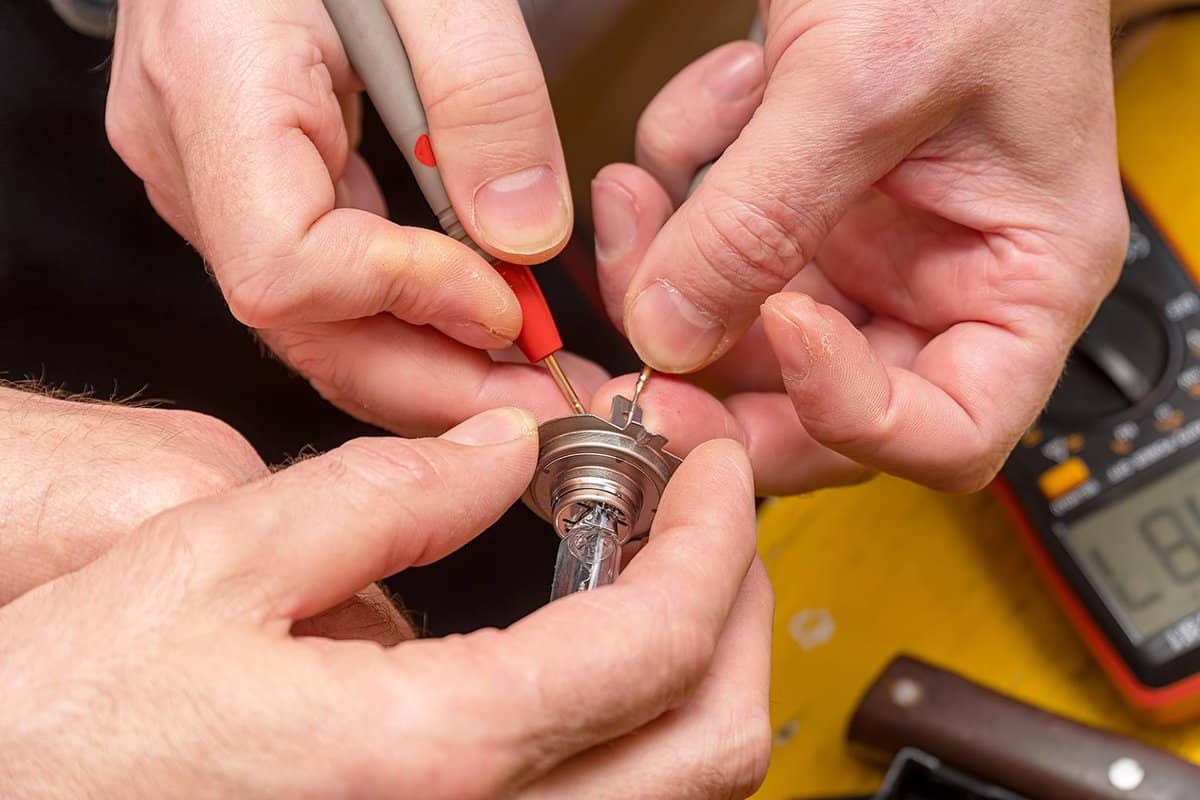
Digital multimeters are electronic tools that measure an electrical circuit's voltage, amperage, and resistance. They are quite affordable and are must-haves for anyone working on automotive electricals.
Check out this popular multimeter on Amazon.
In this case, we want to isolate our circuit to the headlights alone. To test the headlight bulb, we want to check if there is continuity between the bulb's negative and positive terminals.
We've listed the steps here on how to set up your multimeter for your headlight bulb test.
Digital Multimeter Resistance Test
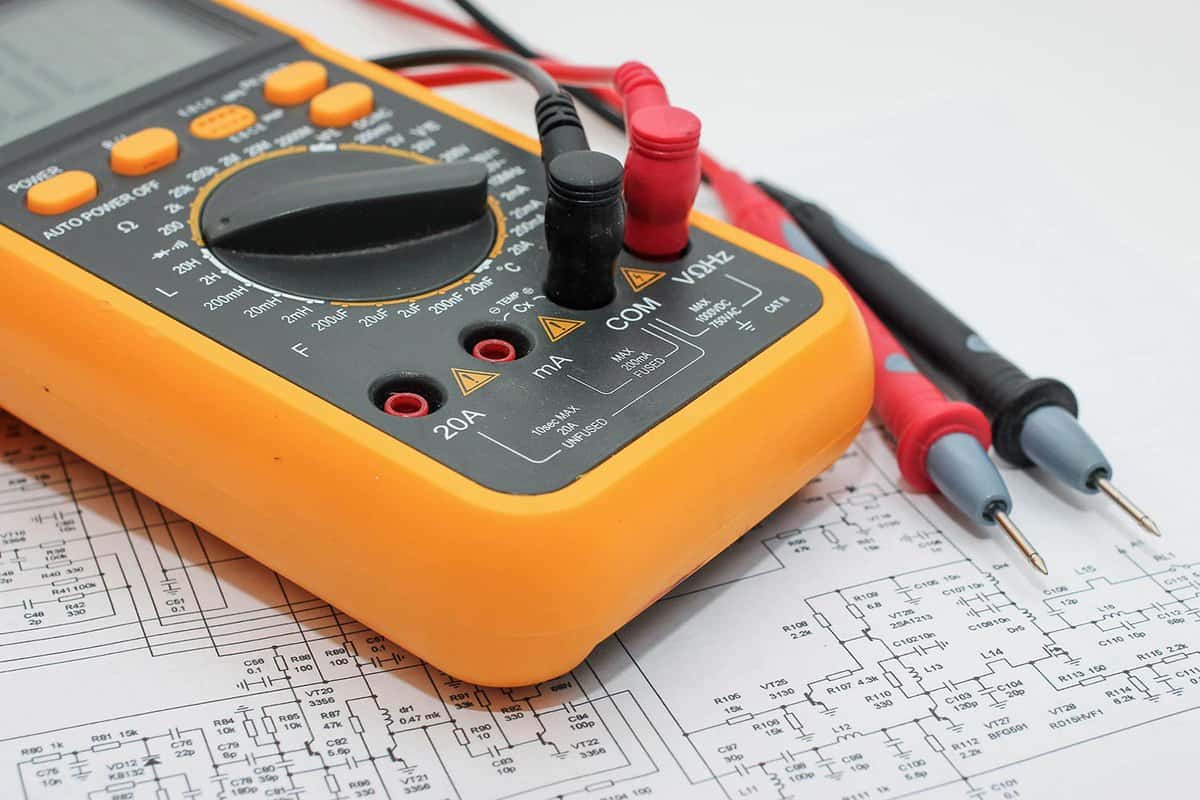
- Ensure that you have a properly charged battery in your multimeter.
- Using the multimeter's dial, select the lowest resistance setting in ohms (usually 20 or 200).
- Test the headlight bulb by connecting the black probe to the negative bulb terminal and the red probe to the positive terminal.
- If the headlight bulb has only one filament (single beam headlight), then it will have two terminals: negative and positive.
- If the headlight has two filaments (low beam and high beam combo), then it will have one negative terminal and two positive terminals. Make sure to test both high beam and low beam filaments.
- Check the resistance reading. A resistance value between 0.5 to 1.2 ohms means that the bulb has good resistance and should work fine. A value of zero means there is no resistance and continuity, and the bulb is busted.
Multimeter Audible Continuity Test
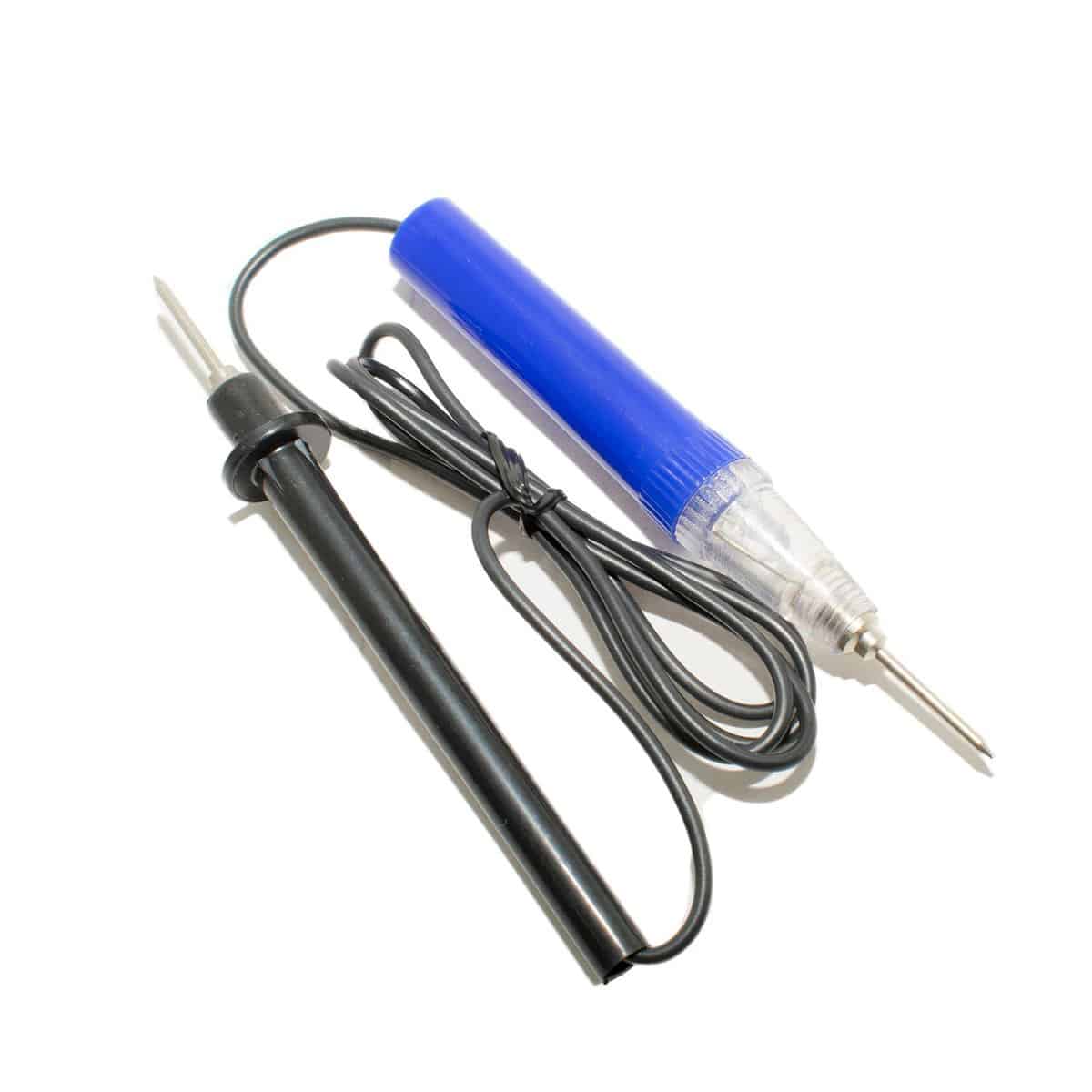
Some multimeters provide an audible continuity test - which is a fancy way of saying that the multimeter will make a beeping sound if it detects a complete circuit. It may or may not provide an accompanying reading.
If your multimeter has the audible continuity test, you can just shift your selector to that setting. It usually has a horn or a speaker icon.
Alternatively, you can also use a light-emitting continuity tester, commonly known as a test light. It works on the same principle of detecting if an electrical current can flow through a particular circuit.
Check out this best-selling continuity tester on Amazon.
This short video below shows us how easy it is to use a continuity tester.
Test Headlights Using A 12-Volt Battery
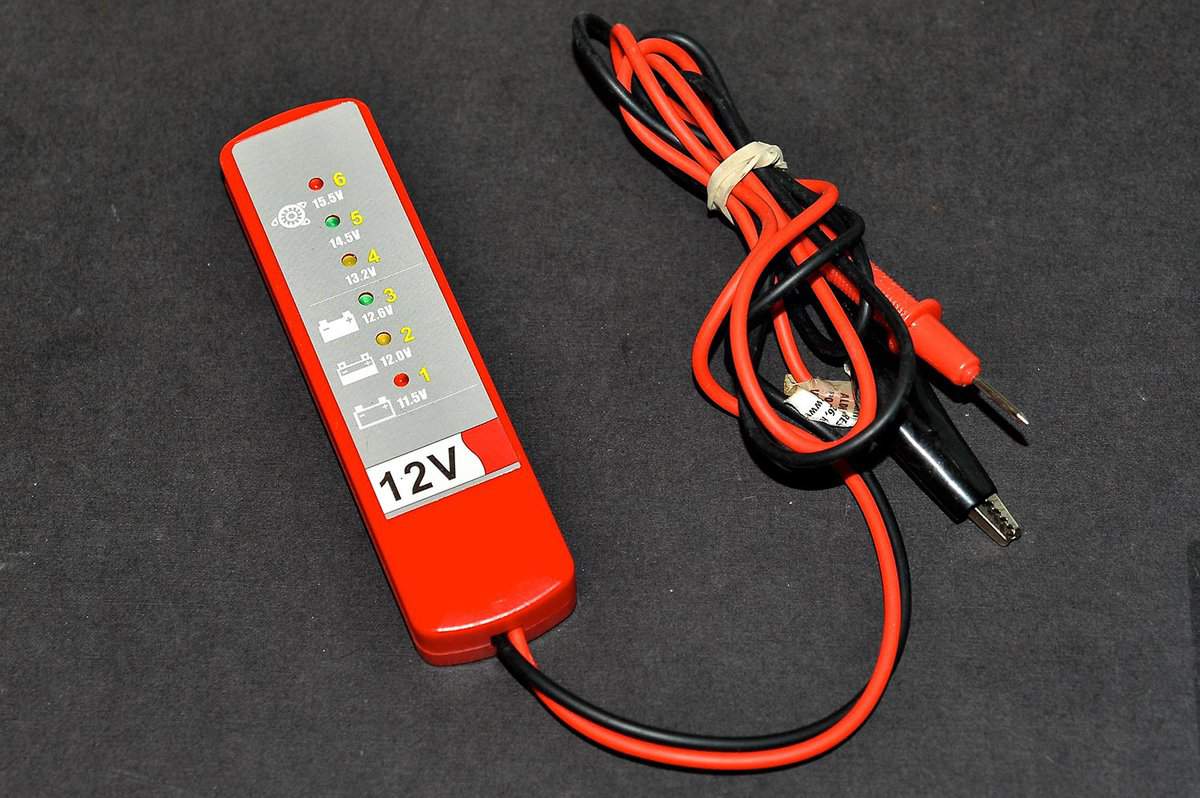
Some people may not be content testing a headlight bulb with a multimeter or a test light alone. This is understandable because after all, they want to see the headlight bulb do what it's meant to do - to light up.
If you're one of the people who don't rely solely on multimeters and test lights, then you will need a 12-volt power source. You may use your car's battery, a small workbench battery, or a power supply.
You will need to power your headlight bulb directly from the battery or power supply using some wires. Check out this video below on how to test headlamps with a battery.
Similar to multimeter and continuity testing, you will need to test both high and low beams on dual-filament headlight bulbs.
The video above shows the testing of a sealed-beam motorcycle headlight just to show that the principle is the same between:
- sealed beam headlights and compound (removable bulb) headlights
- motorcycle headlights and car headlights
Can I Test HID Headlights Without A Car?
Just like with halogen and LED bulbs, you can test high-intensity discharge (HID) headlights using a workbench battery or power supply. However, you will not connect the 12-volt battery to the HID bulb directly.
Instead, you will need to connect the battery to the HID assembly's ballast.
HID bulbs need an igniter and a ballast to work properly. Why? Similar to household fluorescent lamps, HID bulbs also need a high voltage source to start up.
Xenon HID bulbs need approximately 25,000 volts to initiate the electric arc through the ionized gas and around 80 to 90 volts to continue operating.
Car batteries typically provide only 12 volts. However, the igniter and the ballast work together to increase the 12-volt battery's direct current (DC) to the HID's high alternating current (AC) requirements.
You may test the HID assembly for continuity using a multimeter or a continuity tester. However, to prevent any mishaps, you should test an HID assembly only when it is off.
How Do I Test My Headlight Wiring?
If you do the tests and find out that your headlight bulbs are okay, then you might want to test your car's wiring. To do this, you can also use your multimeter.
You will want to test your wiring through the headlight connector. A compound headlight connector is usually a female plug that connects directly to the rear of the headlight bulb.
You will also need to set up your multimeter to read voltage. As a rule of thumb, you should set your multimeter to 20 volts if you want to test a 12-volt circuit.
Check out this video from the 8-minute mark to see how to test your headlight wiring.
Halogen, HID, And LED Comparison
Automotive headlights have come a long way since the first acetylene and oil vehicle lamps in the 1880s. Today, most cars use one or more of three types: halogen, HID, and light-emitting diode (LED) headlights.
We may also see laser headlights soon.
Halogen
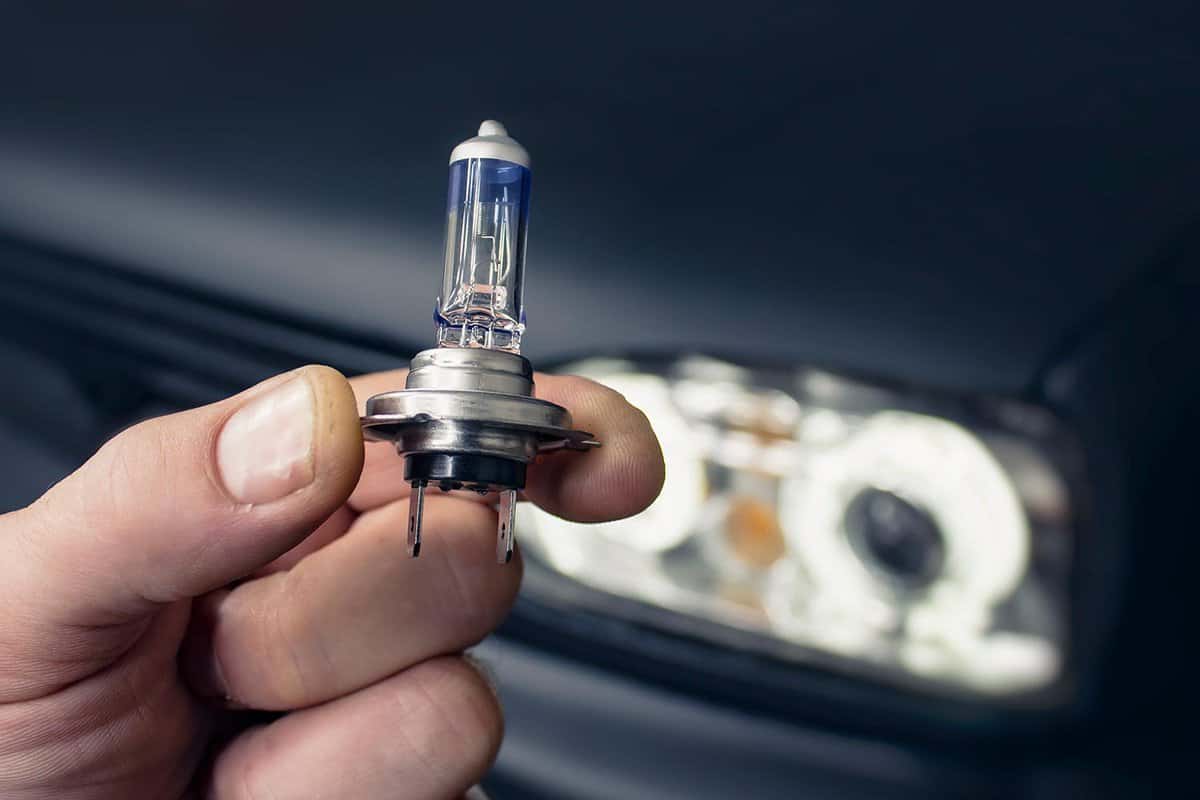
Among the three, halogen lights have been around for the longest time. Carmakers still use halogen headlight technology on their more affordable models and trims.
A halogen bulb typically uses a tungsten filament and incandescent gases such as argon and nitrogen enclosed in a glass capsule. As electricity passes through the bulb, the filament and gases produce light.
Halogen bulbs are affordable, dimmable, and very easy to replace. They also provide warm, yellowish light that is sufficient for most weather conditions without blinding oncoming traffic.
However, halogen bulbs produce a lot of heat. Because of this heat, halogen bulbs are very sensitive to damage. They also only have a lifespan of 800 hours on average.
HID
Check out this HID headlight kit on Amazon.
HID headlights came into the scene in the early 1990s. Unlike warm halogen lights, HID lights gained popularity because of their brightness and color temperature.
HID bulbs work much like neon lights. Electricity passes between two electrodes and stimulates the enclosed xenon gas. The resulting heat ignites metallic salts in the bulb, which then provides high-intensity light.
In terms of brightness, HIDs outstrip halogens. HIDs produce 3,000 to 8,000 lumens per pair, while halogens typically put out only 1,400 lumens. In addition, HID headlights:
- reach farther
- consume less power
- have longer lifespans
On the downside, HID headlights cost more than regular halogens. Furthermore, improperly-installed HID lights can cause a lot of glare and may blind oncoming traffic.
Finally, HIDs use high-frequency light waves that may not go through fog and rain as well as lower-frequency halogen headlights can.
LED
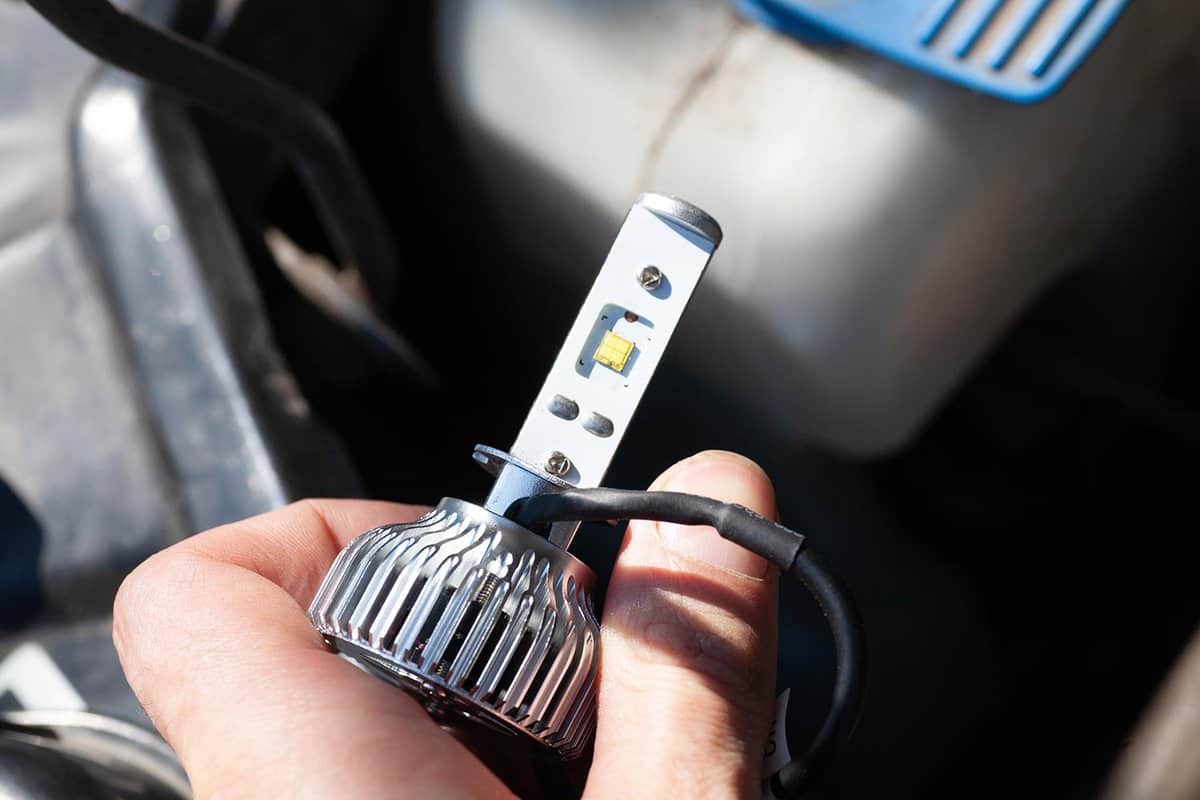
Check out this best-selling LED headlight set on Amazon.
LED headlights have been around since the 1990s, but they only became popular after a decade. LEDs work through electroluminescence, which is the rapid release of photons due to electric current.
LED headlight sets are small, energy-efficient, and brighter than halogens and even HIDs. To illustrate, today's LED bulbs can typically produce 10,000 to 15,000 lumens per pair.
Moreover, LED bulbs provide instant light, unlike HIDs that need a few seconds to warm up before reaching optimum brightness.
On the other hand, LEDs also have disadvantages.
- More expensive than halogens
- High-frequency light waves may not go through fog and rain well
- Need more cooling than HIDs
Laser
Laser headlights are the newest advancements in automotive lighting. Apparently, laser headlights may produce beams that are 1,000 times more intense than LEDs, yet only consume half the energy.
However, as of early 2022, laser headlights are still illegal in many parts of the world.
Wrapping Up
You may test your headlight bulbs or sealed beams using a multimeter, a continuity tester, or a properly-wired 12-volt power source. However, make sure to do continuity tests only when the lights are off for safety.
Thank you very much for reading. We hope we were able to help you test your headlights without installing them in your car.
For more interesting reads about headlights and other automotive topics, please check out these great articles below.
How To Turn On High Beam Assist on Subaru Forester




